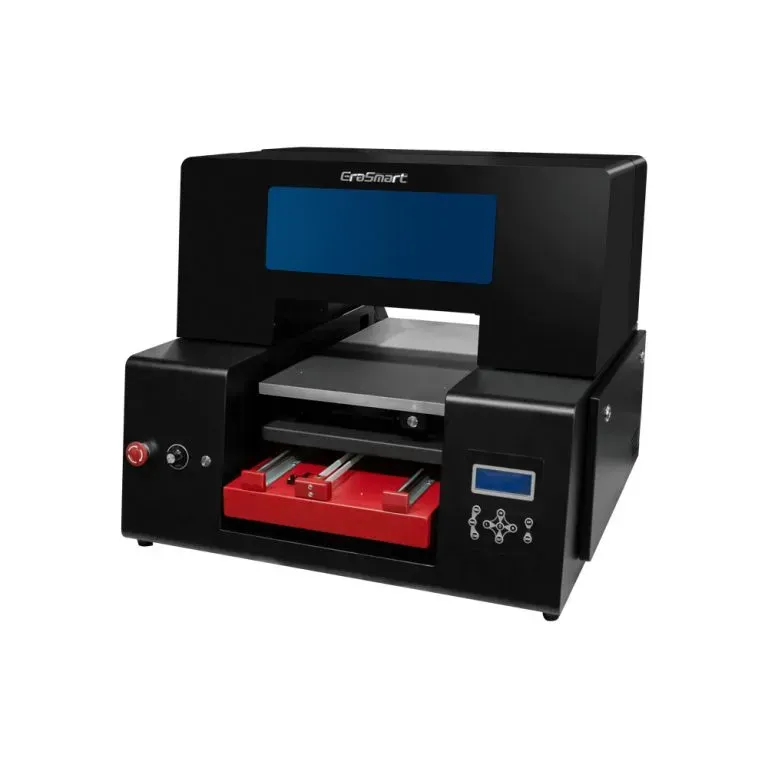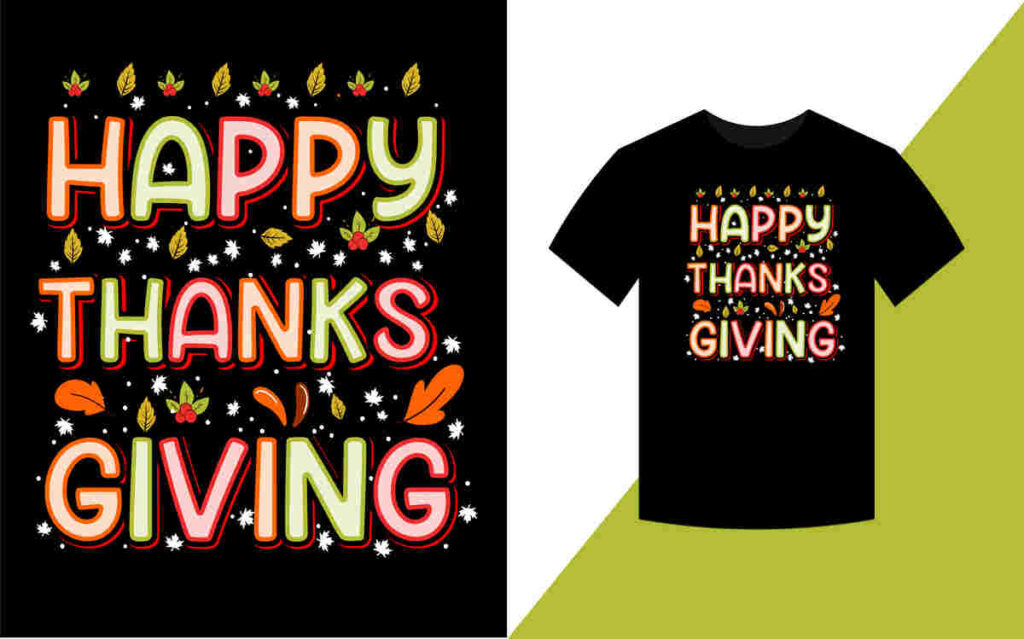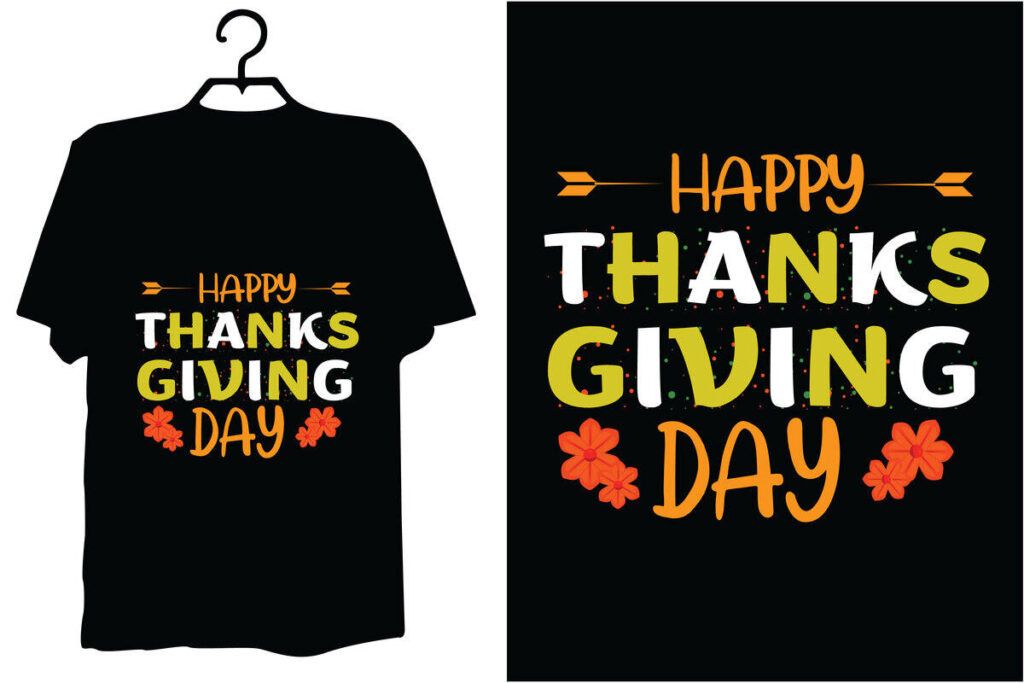UV DTF Technology is revolutionizing the printing landscape with its innovative approach to custom printing solutions. This cutting-edge method, officially known as UV Direct-to-Film printing, harnesses ultraviolet light to rapidly cure inks on film substrates, producing high-quality, durable prints. As businesses in various sectors seek sustainable printing solutions, UV DTF technology stands out for its environmental benefits, utilizing fewer volatile organic compounds compared to traditional methods. Moreover, the fast-paced nature of UV DTF printing enables companies to meet growing demands for personalized products, thereby reshaping the future of printing. In this article, we delve into the remarkable advantages of UV DTF printing and how it represents a beacon for printing technology innovations in a competitive market.
The emergence of UV Direct-to-Film printing signals a new era in the printing industry, characterized by advanced techniques that prioritize efficiency and quality. This innovative printing method not only enhances the versatility of materials that can be printed on, but also ensures that designs are rendered with impressive detail and vibrancy. As we explore this groundbreaking technology further, it’s crucial to understand its significance in the realm of digital printing advancements. The shift towards adopting such innovative printing technologies reflects a broader trend in seeking eco-friendly solutions and meeting consumer demand for unique, custom-tailored products. Ultimately, UV DTF technology is not just a trend—it’s an integral part of redefining how we approach printing in the modern age.
Understanding the Basics of UV DTF Technology
UV Direct-to-Film (DTF) technology is a revolutionary method that employs ultraviolet light to accurately cure inks directly onto film. This technique marks a fundamental shift from traditional printing methods, offering rapid processing times and versatile applications. By leveraging UV light for instant curing, businesses can achieve remarkable efficiency compared to conventional printing, which typically requires longer drying times for inks. The systematic integration of UV DTF technology allows for a seamless transition from design to finished product, thus enhancing productivity significantly.
Furthermore, the capability of UV DTF printing to work on an array of materials—including textiles, plastics, and metals—makes it an incredibly flexible option for various industries. Whether it’s customizing apparel, producing promotional items, or creating unique signage, the versatility offered by UV DTF technology ensures that businesses can innovate without the burden of investing in multiple types of printing machines. This adaptability not only opens new avenues for creativity but also meets the increasing demand for personalized products.
The Benefits of Adopting UV DTF Technology
The adoption of UV DTF technology comes with a host of benefits that cater to modern printing demands. Chief among these is the instant curing process, which allows companies to drastically improve their production turnaround times. With traditional printing techniques, products can be delayed due to drying times, which can affect profitability and customer satisfaction. In contrast, UV DTF printing eliminates this bottleneck, enabling businesses to process orders in a fraction of the time, thus allowing them to respond more efficiently to market demands.
Additionally, UV DTF technology promotes an environmentally sustainable approach to printing. By using inks with lower levels of volatile organic compounds (VOCs), the printing process tends to produce fewer harmful emissions. As sustainability becomes a pivotal concern in industry practices, adopting eco-friendly technologies like UV DTF aligns with corporate responsibility goals and caters to eco-conscious consumers. Businesses can proudly market their products as environmentally friendly, elevating their brand’s reputation in a competitive marketplace.
The Growing Market Potential for UV DTF Printing
As industries continue to transform, the market for UV DTF printing is expected to soar. In fact, reports suggest that the global UV printing market may reach approximately USD 7.5 billion by 2025, largely driven by companies eager to harness advanced printing solutions. This growth signals not only a rising appreciation of UV DTF technology but also indicates a broader trend towards innovation in the printing sector. As more businesses discover the advantages of quick curing and substrate compatibility, adoption rates are set to accelerate.
Consequently, this market growth presents abundant opportunities for companies specializing in custom printing solutions. The versatility and high-quality results produced by UV DTF printing empower them to better serve diverse sectors, including fashion, signage, and promotional merchandise. As these companies respond to increasing customer demands for unique and personalized products, they solidify their presence in both existing and emerging markets.
Customization: A New Frontier in Printing Solutions
The capability for customization is one of the most exciting aspects of UV DTF printing technology. This method allows businesses to easily produce short runs of unique items, catering to specific customers’ desires for personalized products. In sectors such as fashion and promotional items, the ability to create tailored designs quickly grants brands a competitive edge. Companies can respond to niche markets with agility, crafting distinctive products that speak directly to their audience.
Moreover, the customization possibilities of UV DTF technology extend beyond mere aesthetics. With the ability to print intricate details and vibrant colors, businesses can offer customers truly unique products that reflect their individual style or branding. This shift towards personalized printing not only enhances customer engagement but can also increase loyalty as consumers seek out brands that provide bespoke solutions tailored to their personal tastes.
Navigating the Challenges of UV DTF Technology
While the benefits of UV DTF technology are compelling, potential adopters should consider the challenges that come with this advanced printing method. One primary concern is the initial investment needed for UV printing machinery. Upgrading or purchasing new equipment can entail significant costs, which may be daunting for smaller businesses. It is crucial for organizations to weigh the long-term advantages against the upfront financial commitments, ensuring alignment with their overall business strategies.
Another challenge lies in the requirement for skilled operators. Transitioning from traditional to UV DTF printing may necessitate specialized training, as operators need to understand the nuances of this technology. Companies should proactively invest in staff training and development to fully leverage the capabilities of UV DTF printing. By building a knowledgeable team, organizations can ensure optimal utilization of their resources while maximizing the potential benefits of this innovative technology.
The Future of Sustainable Printing with UV DTF Technology
As the demand for sustainable practices continues to grow, UV DTF printing offers substantial advantages for environmentally conscious businesses. Given its ability to reduce harmful emissions and minimize waste, this technology aligns with the increasing focus on eco-friendly printing solutions. Companies that prioritize sustainability can utilize UV DTF technology to enhance their operational practices while appealing to a conscientious consumer base that values environmental responsibility.
Looking ahead, the integration of sustainability and innovation in the printing sector will likely continue to drive the evolution of UV DTF technology. As firms seek to adopt greener alternatives, UV DTF’s readiness to comply with stringent environmental regulations positions it as a leading option in the future of printing. This blend of cutting-edge technology and sustainability creates a compelling narrative that resonates with modern consumers, paving the way for a more responsible approach to printing solutions.
Frequently Asked Questions
What are the key advantages of UV DTF printing in modern printing technology?
UV Direct-to-Film (DTF) printing offers several advantages, including instant curing of inks under UV light, allowing for faster production times. Its versatility enables printing on various materials such as textiles and plastics, making it suitable for diverse applications. Additionally, UV DTF printing is eco-friendly, using fewer volatile organic compounds (VOCs) compared to traditional printing methods, aligning it with sustainable printing solutions.
How does UV DTF printing contribute to the future of printing technology innovations?
UV DTF printing is at the forefront of printing technology innovations due to its ability to produce high-quality, durable designs quickly. The technology’s instant curing process enhances efficiency and reduces waste, which is essential as the industry transitions towards more sustainable practices. This innovation allows businesses to meet customer demands for personalized products while also optimizing production capabilities.
Can UV DTF printing support sustainable printing solutions?
Yes, UV DTF printing significantly supports sustainable printing solutions. It uses UV-cured inks that emit fewer VOCs, leading to reduced environmental impact compared to conventional printing techniques. This eco-friendly approach not only helps businesses comply with environmental regulations but also appeals to consumers increasingly seeking brands committed to sustainability.
What materials can be used with UV DTF printing technology?
UV DTF printing technology is remarkably versatile, allowing high-quality printing on a wide range of materials, including textiles, metals, plastics, wood, and glass. This adaptability enables companies to explore custom printing solutions across various industries, from fashion to promotional products, thus enhancing their market reach.
What is the market potential for UV DTF printing in the coming years?
The market potential for UV DTF printing is substantial, with projections indicating significant growth. Reports estimate the global UV printing market may reach USD 7.5 billion by 2025. This growth is primarily driven by the increasing demand for efficient, high-quality printing solutions and the rising trend towards personalization and customization in various sectors.
What challenges might businesses face when adopting UV DTF printing technology?
While UV DTF printing offers numerous benefits, businesses may encounter challenges such as the initial investment required for equipment and the need for skilled operators to manage the technology effectively. Investing in training and development is essential for companies transitioning from traditional printing methods to fully leverage the advantages of UV DTF technology.
| Key Points | Details |
|---|---|
| What is UV DTF Printing? | A modern technique using ultraviolet light that cures inks on film, allowing for instant and durable prints on various surfaces. |
| Advantages | 1. Instant curing increases throughput. 2. Versatility across various substrates. 3. Eco-friendly with fewer VOCs. 4. Produces high-quality, durable prints. |
| Market Growth | Predicted to reach USD 7.5 billion by 2025, driven by demand for innovative printing solutions. |
| Impact on Customization | Supports personalized products in short runs, providing competitive advantages, especially for fashion and promotional items. |
| Challenges | 1. High initial investment. 2. Need for skilled operators to utilize UV DTF technology effectively. |
Summary
UV DTF technology represents a groundbreaking advancement in the printing industry, merging speed, quality, and sustainability. As businesses adapt to this innovative method, UV DTF technology is set to redefine printing techniques, particularly in customization and efficiency. With its ability to provide high-quality outputs at rapid speeds and an ecological advantage over traditional methods, UV DTF technology stands out as a pivotal solution for brands looking to thrive in the competitive landscape. Embracing this technology can position companies for future success, responding effectively to the growing demands for personalized products.



